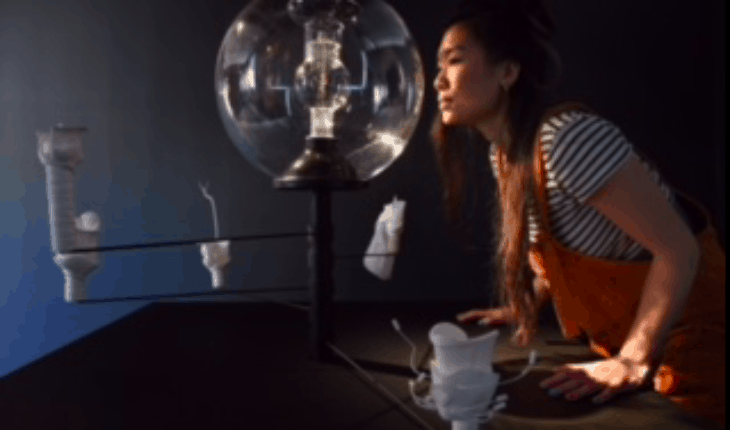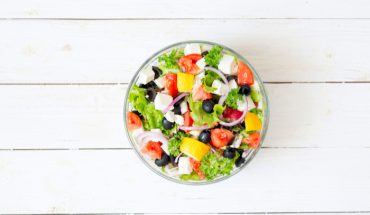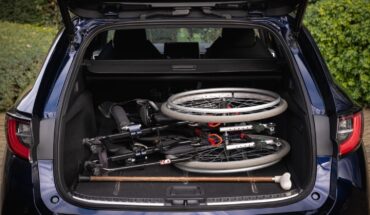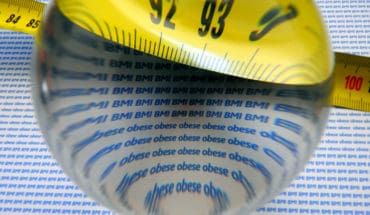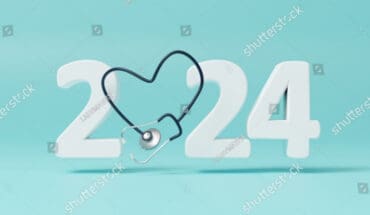Opening this week at the Science Gallery London ‘SPARE PARTS’ a new exhibition exploring the idea of human repair and regeneration with artworks and installations through the creative responses of world-renowned artists and designers, questioning what tissue regeneration and organ transplantation really means. Stéphanie Delcroix, the exhibition’s curator comments, “The thought-provoking artworks featured within SPARE PARTS attempt to challenge preconceptions around the repair of the human body. This distinctive exhibition offers unexpected perspectives and striking visual metaphors that describe the technological and scientific advances that can restore our bodies and sustain human life”.
Drawing on the latest research from the Faculty of Life Sciences and Medicine and the Faculty of Dentistry, Oral & Craniofacial Sciences at King’s College, London, the show examines the emotional and psychological experience of people living with a replacement organ or limb and the complex ethical issues around synthetic regeneration.
Drawing on the latest research from the Faculty of Life Sciences and Medicine and the Faculty of Dentistry, Oral & Craniofacial Sciences at King’s College, London, the show examines the emotional and psychological experience of people living with a replacement organ or limb and the complex ethical issues around synthetic regeneration.
Highlights of the exhibition include experimental incubators hosting cellular life from Oron Catts and Ionat Zurr, auditory prosthetics from sculptor Tabatha Andrews, body parts crafted from fabrics created by textile designer Amy Congdon and 3D-printed models of hearts designed by Salomé Bazin, founder of Cellule, a collaborative design studio for healthcare innovation. Video and sound installations describing the impact of organ donation are also showcased alongside the voices of patients, artists, and scientists from the Biomedical Engineering Department, the Centre for Stem Cells and Regenerative Medicine and the Tissue Engineering and Biophotonics Division at King’s.
At the centre of the exhibition, ‘The Gut’ is an exciting immersive experience that offers an interactive space to explore the art and science of human repair first hand. Visitors can splice cacti to help them understand issues surrounding human tissue grafting, stitch together electrodes while considering innovations in biotechnology, thumb reading materials gathered for the Foreign Bodies Reading Group and exchange bacteria via the SuperTurd Card Game.
Professor Sir Robert Lechler, Senior Vice President at King’s College London and Executive Director of King’s Health Partners says “SPARE PARTS presents a fantastic opportunity for scientists at King’s to engage the communities in London and beyond with their research in novel and surprising ways.” Students from King’s College London’s Synthetic Anatomy & Biotechnology will also host a 3D print open source body parts workshop within the gallery, while independent magazine, OUTLND, will take over the space during their SPARE PARTS residency. This comes ahead of the season’s first Friday Late on 15 March, featuring events curated by the gallery’s Young Leaders.
In an era where the lifestyle of humans is threatening extinction of the honey bee, Hivecubator 3.0, by artist and beekeeper Michael Bianco, highlights our human interdependence with bees. This DIY incubator is designed to care for living tissues grown in-vitro with the survival of the cells reliant on the health of the bee colony that lives within the incubator.
Another intriguing installation, New Organs of Creation imagines a human larynx adapted to extend the range of the human voice to very low frequencies. To create this hypothetical organ, artists Burton Nitta have collaborated with Professor Lucy Di-Silvio to seed mammalian cells onto a 3D printed scaffold. The synthetic larynx takes anatomical inspiration from the koala, which has two vocal organs, a cat’s purr which reaches frequencies proposed to help repair bones. Research has shown that low sound frequencies in the range of 50Hz and 100Hz can help stem cells to differentiate into bone cells, instead of other forms such as heart or skin cells. New Organs of Creation explores the voice as an instrument of change. The accompanying operatic composition by Matt Rogers and performed by mezzo-soprano Louise Ashcroft integrates sounds at 50-100hx and responds to the recorded voices of people from around Britain. The project is made in collaboration with Lucy Di-Silvio, Professor of Tissue Engineering and Dr Trevor Coward, both Faculty of Dentistry, Oral and Craniofacial Sciences , King’s College London
Acclaimed artists Oron Catts and Ionat Zurr explore the ethics behind regenerative biology technologies. Vessels of Care & Control: Compostcubator 2.0, consists of a low-tech incubator, engineered to be heated by compost and decomposing mulch. This installation, situated in the newly-renovated Guy’s Courtyard, harnesses the power of living microbes to support the development of cellular life.
Scientists from King’s College London and the gallery’s Young Leaders – 15-25 year-olds from neighbouring boroughs of Lambeth and Southwark will invite visitors to question whether ‘spare parts’ can exist outside the biological body, or whether our bodies can be a sum of independent parts that are regenerated, enhanced, donated or altered.
Don’t miss seeing this impressive, thought-provoking exhibition.
SPARE PARTS: RETHINKING HUMAN REPAIR
A free exhibition and events programme at Science Gallery London exploring the art, science, ethics and technology of organ transplants and tissue regeneration until 12th May 2019
Science Gallery London
King’s College, London
Great Maze Pond, SE1 9GU
Entrance via Guy’s Courtyard. Tours will take place at 8.30 and 9.30
- Banishing Blue Monday vibes at the London Art Fair - 21st January 2024
- The Credit Suisse Exhibition: Frans Hals - 7th January 2024
- “Winter Flowers Week” opened by Her Majesty The Queen (Camilla) - 10th December 2023
